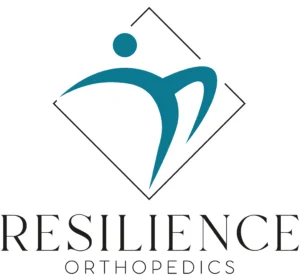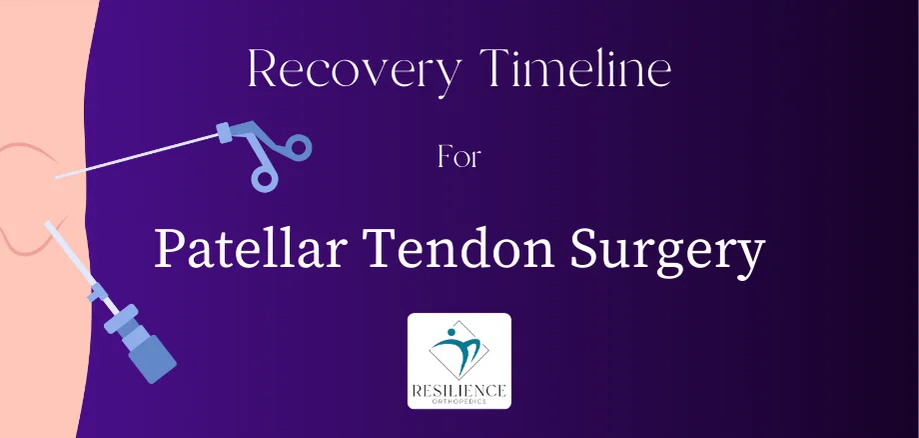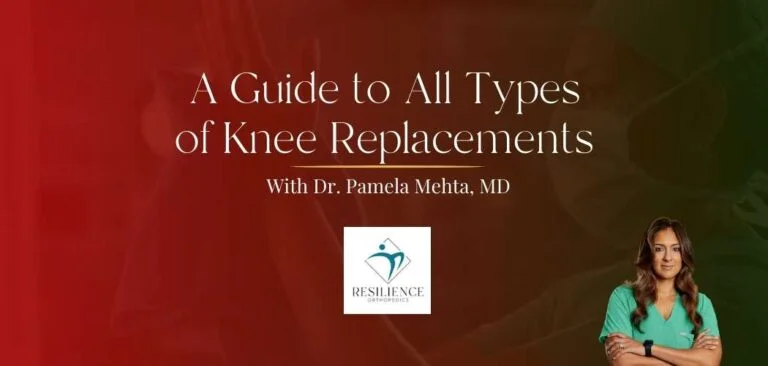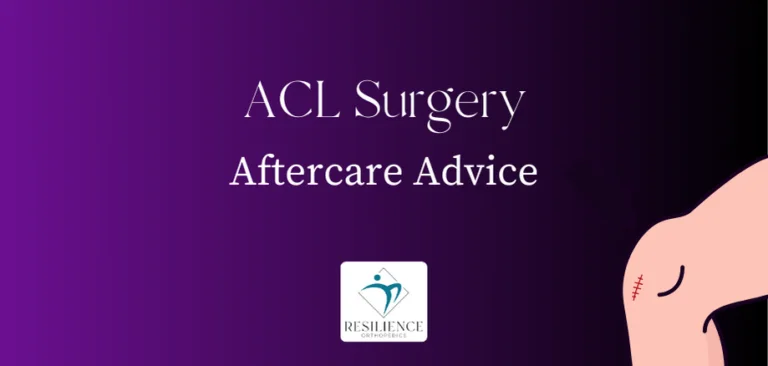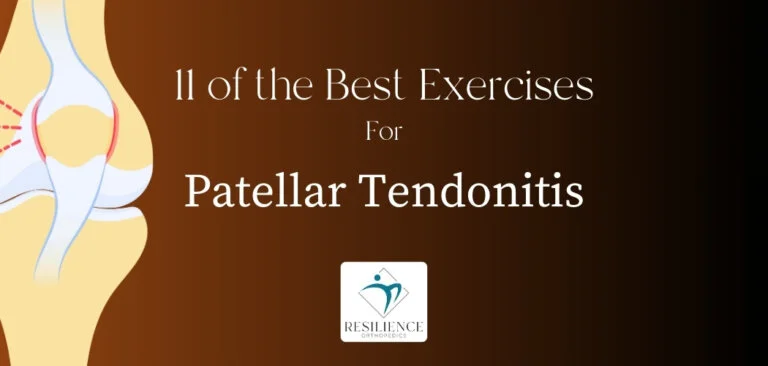Table of Contents
Patellar tendon surgery is a procedure to repair a torn patellar tendon. The patellar tendon is a band of tissue that connects the kneecap (patella) to the shinbone (tibia). It handles knee extension.
The recovery time for patellar tendon surgery depends on the severity of the tear, the type of surgery performed, and your lifestyle. It usually takes 6-12 months to fully recover from this surgery.
In the first few weeks after surgery, the knee will be immobilized in a brace or cast. You will also need to use crutches to avoid putting weight on the leg. During this time, your knee surgeon will recommend physical therapy exercises. These help you to regain range of motion and strength in your knee.
As you progress in your recovery, you will gradually be able to put more weight on your leg and do more activities.
In this article, we have summarised what to expect in the different stages of recovery. We will also go through some of the best exercises to help improve your recovery time from patellar tendon surgery. Your own recovery won’t follow this precisely, but you will have a better idea of what to expect.
Book a Consultation with Dr. Pamela Mehta, MD
The Best Orthopedic Surgeon in San Jose
Dr. Mehta is a board-certified orthopedic surgeon who can help you recover from your joint condition. If you:
- Are Suffering From Pain and Mobility Issues
- Need Orthopedic Assessment and Advice
- Want Treatment From a Top Orthopedic Doctor
We Can Help
Typical Recovery Time after Patellar Tendon Tear
Recovery time for a patellar tendon tear can vary depending on the severity of the injury. Surgical and non-surgical also differ in recovery time. For a partial tear, recovery time can range from several weeks to several months. This is helped by the use of immobilization, physical therapy, and anti-inflammatory medication.
The time to complete recovery from a patellar tendon tear takes roughly 6 months. You will be given an exercise program that improves your mobility and joint strength. Maintaining a healthy lifestyle, including proper nutrition and hydration, is also important.
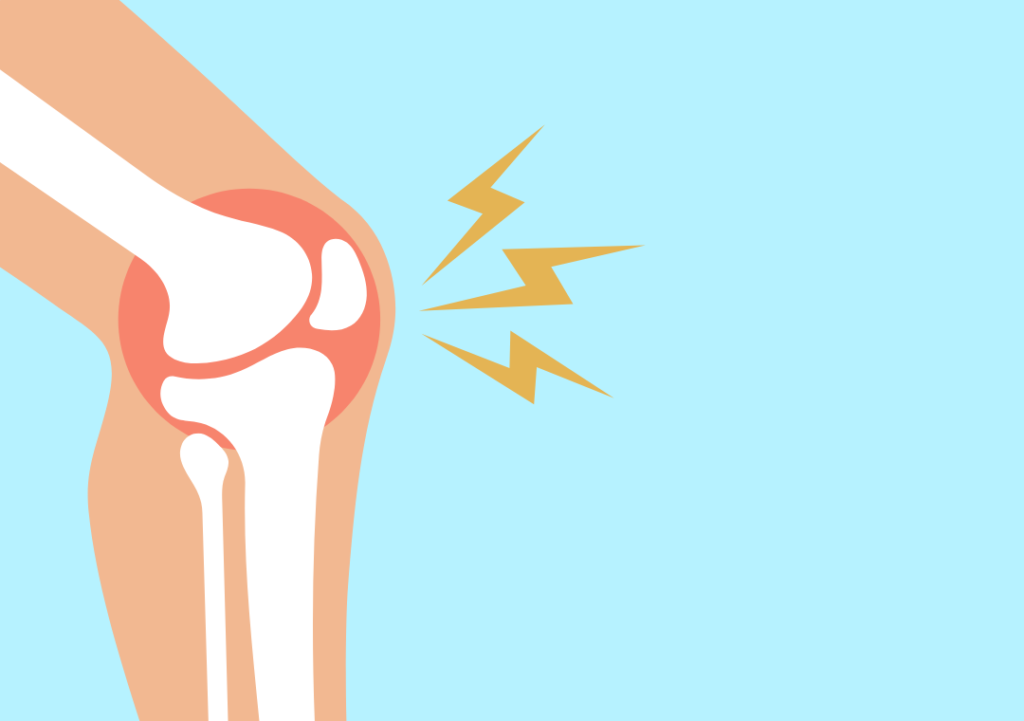
Complete Tears
Complete tears usually need surgical repair. You may need a longer recovery period of several months to a year.
The rehabilitation program for patellar tendon tears is critical to recovery. It may include physical therapy, exercise, and other interventions.
Partial Tears
Recovery from a partial tear depends on injury severity, whether this has been operated on or not. It it also affected by how quickly treatment was sought.
Heavy slow resistance training is effective rehabilitation for partial tendon tears in athletes.
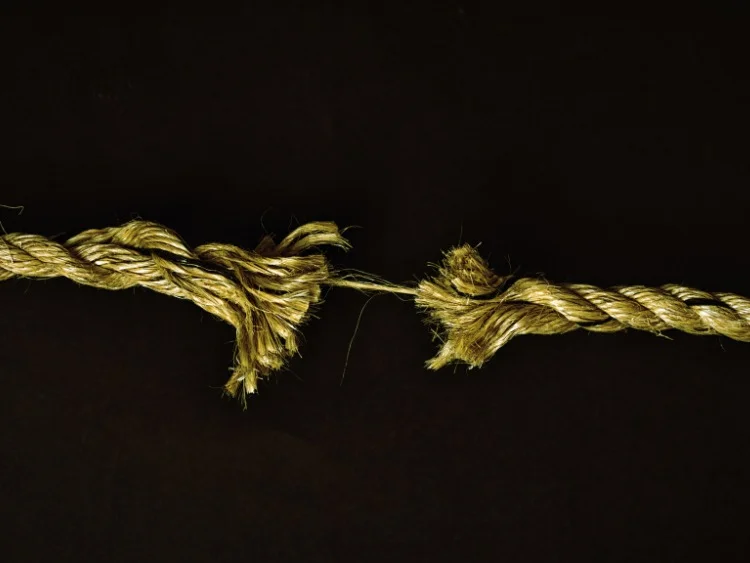
Returning to Sports
If you are an athlete and wish to return to your sport, Dr. Mehta will assess your condition once you have recovered. She can then advise you on if and when you can return to your sport and any precautions you might need to take.
After you have recovered, you are likely to regain a full range of movement of your knee. The affected knee may be slightly weaker than before. It may also be a bit stiffer. Though, if treatment is completed soon after the injury, outcomes are often excellent.

Patellar Tendon Surgery Recovery Time – A Timeline
The First 2 Weeks
In the 2 weeks following your procedure, your knee will be immobilized in a brace. Your leg will be fully straightened in the brace. You will be advised to only weight-bear the weight of your leg. You should use crutches while walking to take pressure off your knee, allowing it to heal faster.
You may also be able to bend your knee slightly at this point if a successful repair has taken place. This depends on the condition of your tendon after the injury and procedure.
From Weeks 2 to 6
After 2 weeks in a brace, you may be ready to partially weight-bear on the affected leg. At 3 weeks after patellar tendon surgery, partially weight-bearing will feel a little more comfortable as your joint gets used to the pressure applied.
Over these next 4 weeks, you will rebuild the strength of your knee to go from bearing 50% of your weight to being able to weight bear as normal by week 6.
After an assessment, you may also be allowed to gently bend your knee.
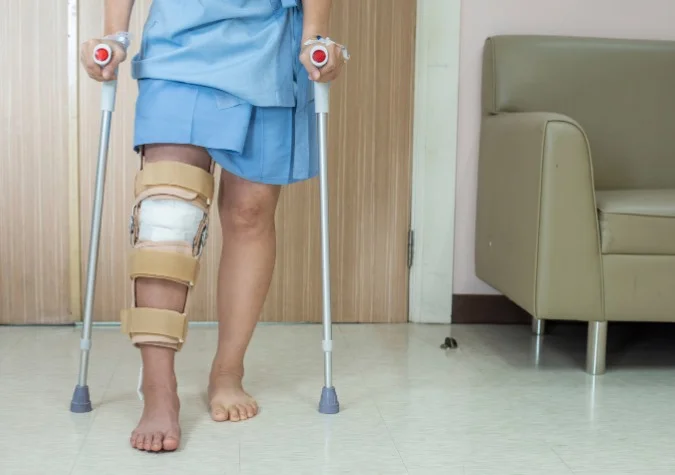
From Weeks 6 to 12
At 6 weeks you will be able to start bending your knee. Gradually start to bear weight on the affected leg while your knee is slightly bent. It’s important that you don’t weight-bear if your knee is fully bent at this point, as this could damage your tendon.
Over these 6 weeks, you will start to use your crutches less and less while moving. Your knee brace will be adjusted so that you can actively bend your knee.
In your exercise program, you will be instructed on how to do light squats, leg presses, and core strengthening exercises. Over the 6-week period, you will gradually improve the strength in your affected leg.
From Weeks 12 to 16
At roughly week 16 your leg brace can come off and you will no longer need crutches. You will gradually work towards having a full range of movement in your knee. You will also be given walking exercises to make sure that you are walking normally while on flat surfaces.
Ready to Recover?
Take the first step in getting back to your normal self, and book an appointment with Dr. Mehta today.
We’re ready when you are!
After 16 Weeks
At 16 weeks you may have regained the strength to bend your knee. You may also be able to walk on a flat surface, and fully weight-bear while your knee is flexed. You will be working towards being able to run, jump, and climb stairs as normal.
The recovery time for patellar tendon tears with close supervision is around 16 weeks. However, the full process of healing can take around 6 months.
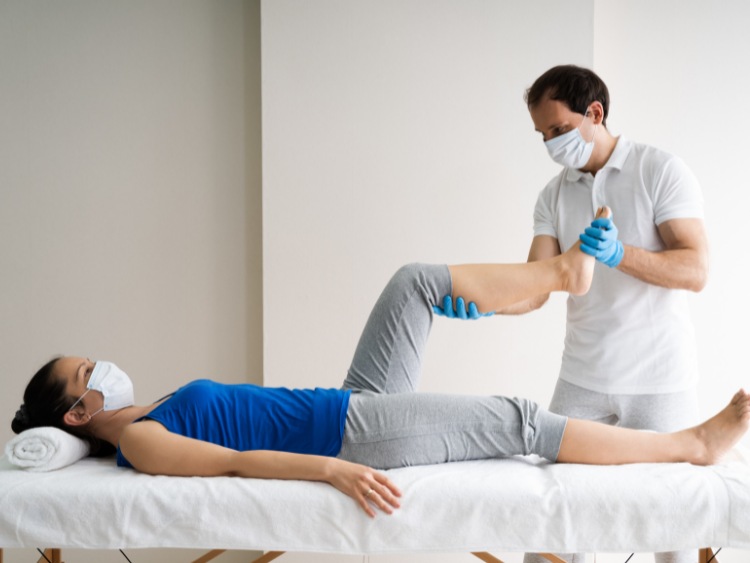
How Do I Speed Up Recovery From a Torn Patellar Tendon?
Recovering from a torn patellar tendon can be a long and challenging process. Sometimes this can be improved by undergoing tendon surgery, and at other times conservative treatment is chosen.
There are several things you can do to help your body heal and regain strength in your knees. Here are some key steps to consider:
1. Follow Your Surgeon’s Instructions
Your orthopedic surgeon will provide specific guidelines for your recovery plan. This will include:
- Whether you need surgery
- How long you should wear a brace or immobilizer
- Appropriate rehabilitation exercises.
Adhering to these instructions is crucial for a successful outcome.
2. Rest and Elevate Your Knee
During the initial stages of recovery, it’s essential to rest your knee. You should avoid putting excess stress, so that the tendon can heal.
Elevate your knee above the level of your heart to reduce swelling and promote healing.

3. Control pain and inflammation
Pain and inflammation are common after a patellar tendon tear.
Here are a few methods to reduce inflammation:
- Take your pain medication as prescribed
- Apply ice to your knee regularly
- Rest your knee
- Avoid exercises that cause severe pain
4. Engage in physical therapy
Once your orthopedist gives the all-clear, you can start physical therapy. If you’ve had surgery, this is typically 2 weeks following your procedure. Physical therapy helps to strengthen your knee and helps you to walk without pain.
Two muscles we will focus on are your quadriceps and hamstrings. Strong quadriceps and hamstring muscles are crucial for supporting your knee. This also helps to prevent future knee injuries.
A physical therapist will give you exercises to regain knee strength and flexibility. These exercises will gradually progress as your knee heals.
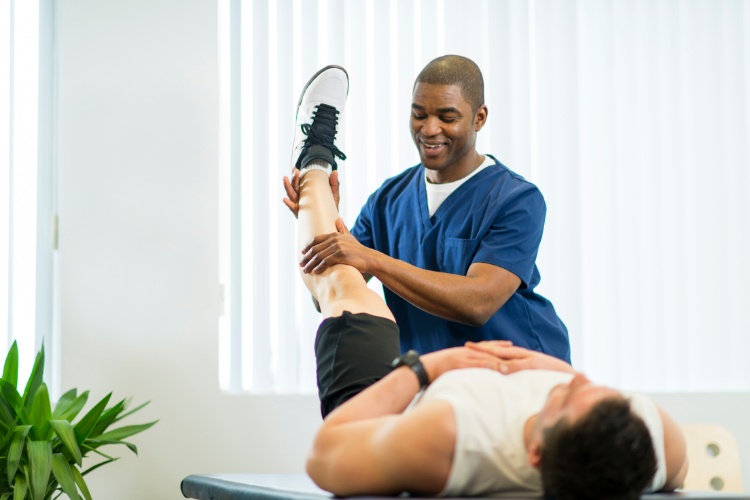
5. Be patient and consistent
Recovery from a patellar tendon tear takes time and dedication. Don’t get discouraged if you don’t see immediate results. Follow your doctor’s instructions and engage in physical therapy to achieve optimal recovery.
Once you have recovered, it’s important to prevent future injuries. This includes:
- A proper warm-up and cool-down routine before and after exercise
- Continuing to strengthen your leg muscles
- Listening to your body when it tells you to rest
